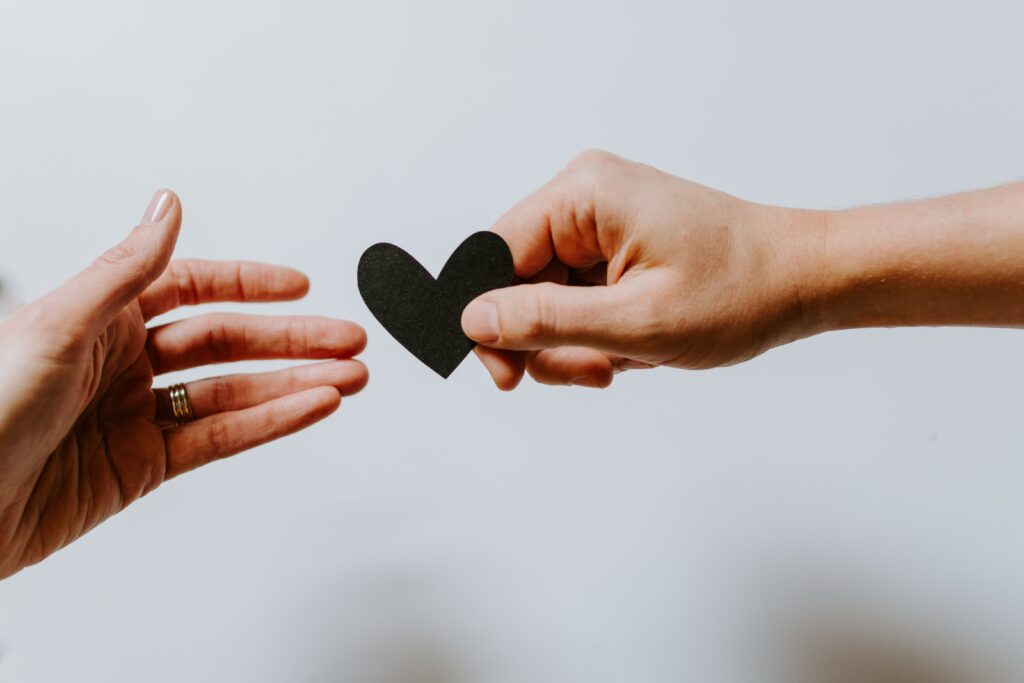
How to end a long shared trip in style? This is the question I was asked at the dinner before the closing of a training I was following. Indeed, for nearly a year, a group of fifteen people lived a collective learning experience and that will stop tomorrow.
How can this cut not be too abrupt? How to make it joyful enough so that everyone can leave with a smile?
I then proposed to take charge of this exercise and my trainers told me that I would have an hour at my disposal. Here's what happened!
Context
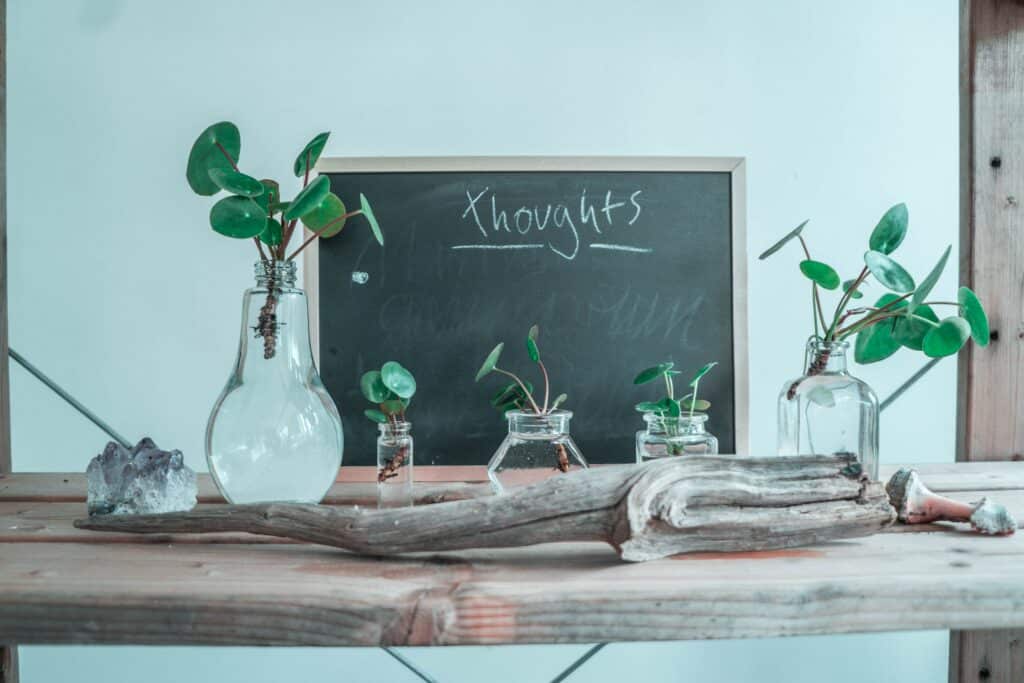
This animation is a little special because this time I will not only be in the frame but also in the content. It is typically the positioning of Co-Participant that I evoke in Facilitator for a day.
That's why unlike my usual process, I asked myself what I would have liked to do or say on this occasion. To be honest, I've never been very good at "goodbye" because for me it materializes a break in the relationship and it makes me sad.
However, that being said, there is something I really wish I had told some people before I went:
THANKS.
Indeed, there are things that you can only discover with the help of other people and that is what I had the opportunity to experience in this journey. Not being able to express this gratitude to them would probably have been a great regret for me. And as it can happen, doing it quickly on a corner of the table would not have had the symbolic value that this gesture deserved.
I told myself that if I felt this way, maybe others too! So I decided to go in that direction.
Design

When we talk about thanks, one of my first instincts is to think of Management 3.0 Kudos. However, the context did not seem appropriate to me to use it as it is and I would have liked it to be more personal.
| Note: it was important to take into account the logistical dimension as well because it was already 10 p.m. and the entertainment would take place in the morning. Indeed, some people will have to leave us earlier. Using post-its, markers, and potentially a few printouts should do the trick. |
For the most inspired
However, who says more personal also says more open. Always having the timing and the number of people in mind, I decided to propose a simple structure to facilitate the action of the participants:
THANKS [first name] For [raison]
This may seem silly (and it may be the case) but giving a restitution framework always seems useful to me to avoid questions of form which can waste time. The interest here is to be nominative and to give context to the person.
In fact, in my opinion, to say:
" Thank you for your work "
will have less value than saying:
" THANKS Olivier For your listening when I needed it in the project X“.
Even if let's be honest, it's still better than nothing! 😉
For the less inspired
Not being sure that this exercise would be easy for everyone, I wondered how to give options to people who would be less “creative”. I then called on my colleagues from the cook book series for some ideas. Alexandre Quach then told me about Thanker Cards which was exactly what I was looking for!
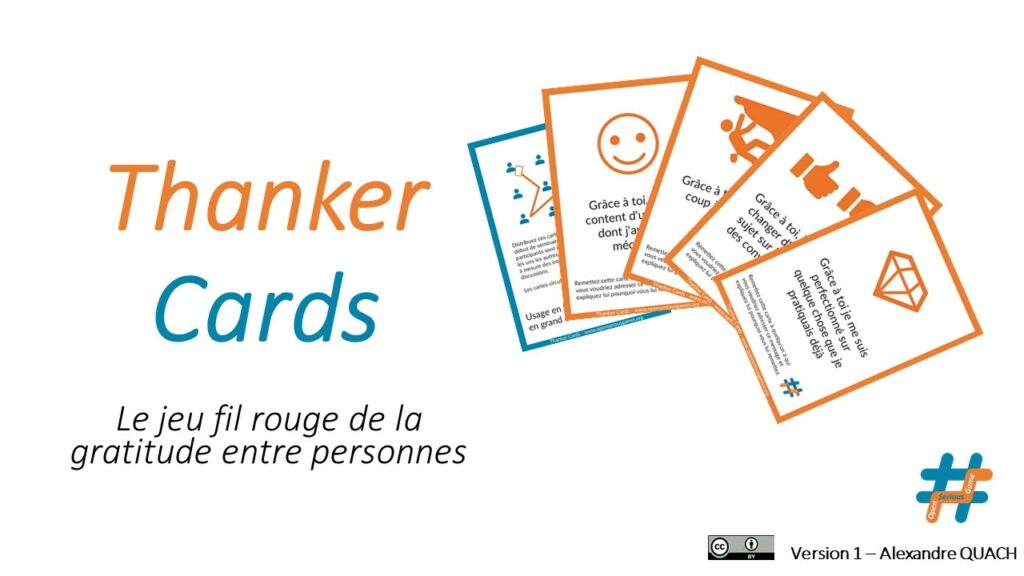
I am therefore going to print these cards as a support for the opening and additional reflection for the participants. Thus they can feed the creativity of some or be easier choices for others.
Finally, to give a little warmth to the whole, I will invite the participants to exchange their message directly while expressing them aloud: the effect will be totally different! 😉
Unrolled
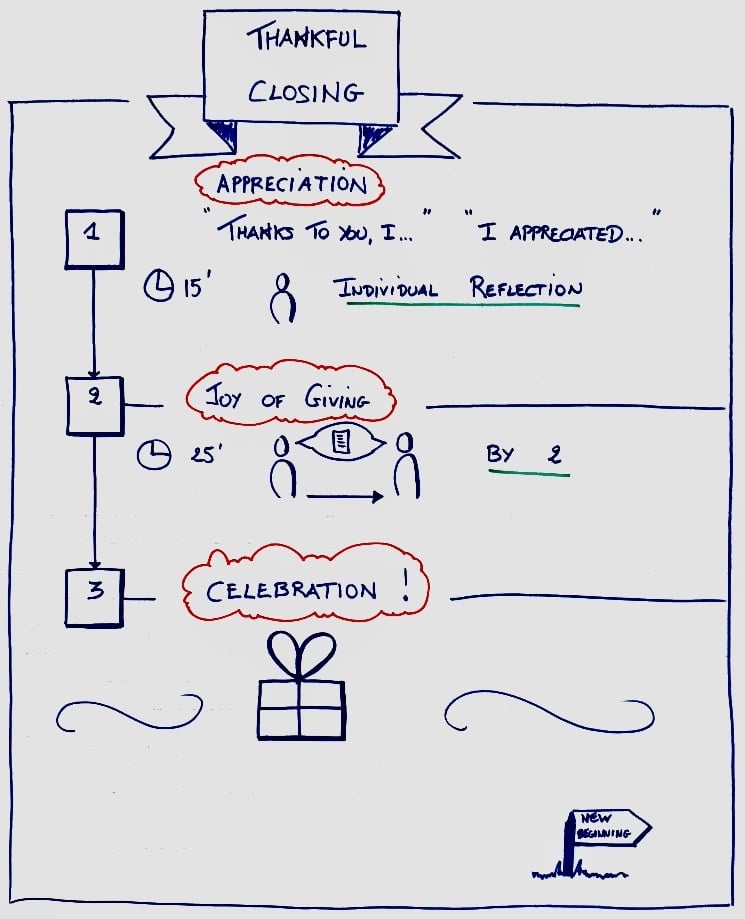
I must admit that this is not my most beautiful creation, you will excuse me! 🙂
As you can see, I decided to name each of the steps to give them a particular meaning:
- Appreciation : to symbolize our ability to give value to things and therefore representing individual reflection
- joy of giving : to represent the conversation taking place in the sharing of gratitude
- Celebration : to share together the gift of this collective experience
| Note: everything is in English because it was an English training 🙂 |
The big moment finally arrived, I start first by introducing the workshop by explaining the context of its creation. I then share the paperboard on which I had described the outlines of animation and distribute the post-its as well as the thanker cards.
Step 1: Appreciation
In this step, not much to do apart from giving everyone space to think individually. I then invite people to move around to find an area of calm in which to settle. Indeed, there are many of us and therefore there are a certain number of ideas, memories in which to navigate!
When all this is in order, I set about doing the exercise myself.
To my great surprise, the thanker cards are ultimately little used, perhaps they were still a source of inspiration. The post-its are on the other hand well filled and people are starting to have a well-stocked stack 🙂
Step 2: personalized sharing
After evaluating everyone's progress, I invite those who have finished to start sharing.
Then begins a moment that I would describe as a " friendly madness ». Indeed, after about fifteen minutes in the silence of appreciation, it was the turn of the tornado of conversations!
Contrary to what I imagined, the sharing was not always done one-to-one. I had voluntarily left this part free and I am always surprised at what can happen there! In any case, what is certain is that we can see smiles on faces, hear laughter and anecdotes echo through the room and feel the human warmth shared gratitude.
After this outburst of emotions, it's time to calm down when everyone takes their place for the debriefing.
Step 3: collective debriefing
For this last step, simplicity. I invite each person to share how they lived the experience. It may be in the writing of her gratitude, the conversation that followed, or what she learned about herself. Of course, it could be something else entirely.
A sharing that particularly touched me from a person who had to leave us early:
Thank you Olivier for allowing me to say “Au Revoir” properly!
This was an opportunity for everyone to once again express their gratitude to the group as a whole and to our trainers.
self-learning
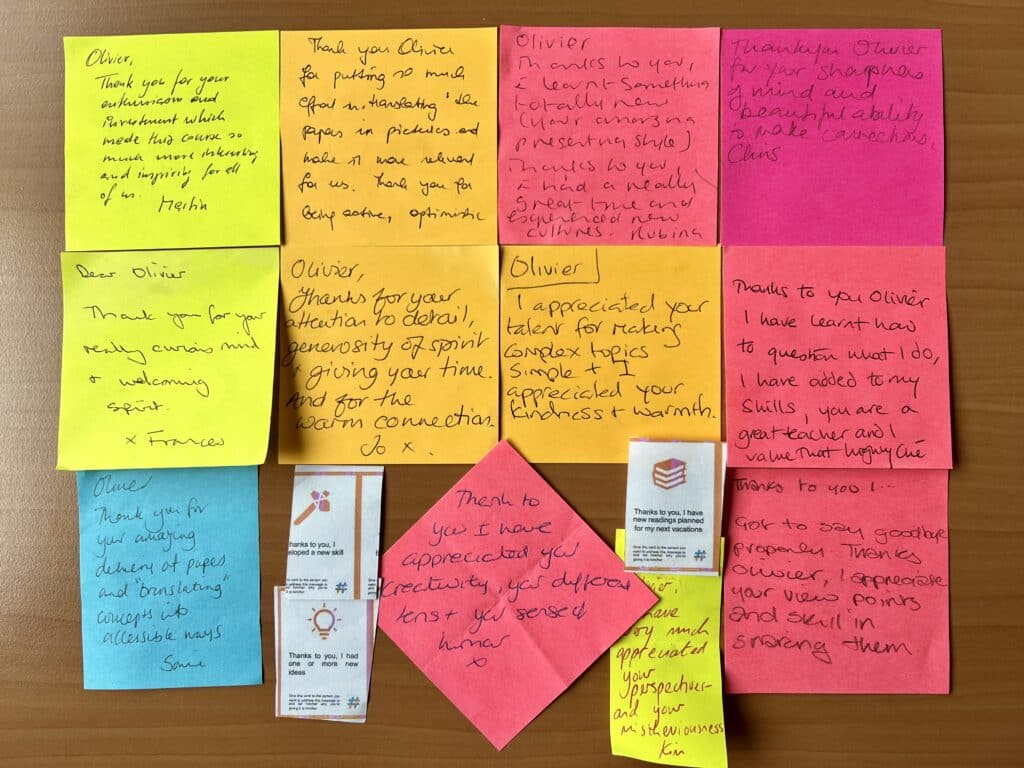
One thing that I hadn't really anticipated at first is that this exercise is also a time for personal feedback. Indeed, these post-its are a collection of your qualities and especially those that have marked the people with whom you have interacted.
3 elements that I retain among these returns:
Curiosity, generosity and warmth in relationships.
Ability to make complex concepts accessible
Sharpness of mind, attention to detail and ability to make connections
Is it true ? I don't know or at least for these people.
Is it fun? Of course. The question now is whether this is what I want people to see from me! 🙂
Conclusion
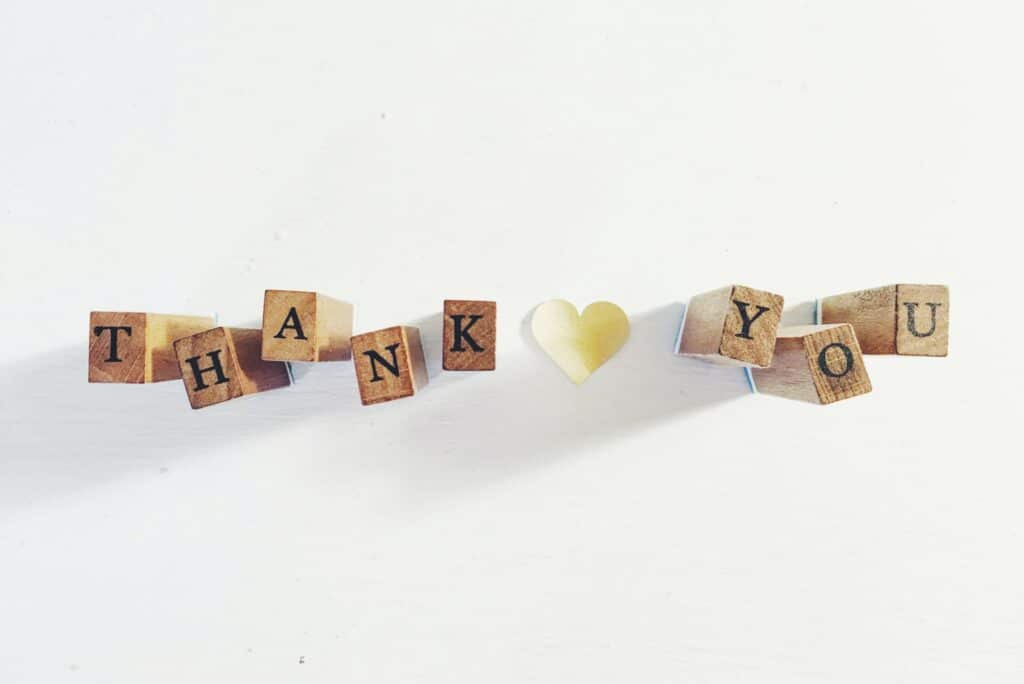
A simple thank you can change the face of the world.
That's really what stayed with me from that experience. Although this may seem obvious, remembering it regularly does not hurt! 😉
One could say that there is ultimately nothing exceptional in this workshop in terms of process or facilitation. I actually think it's mostly in the richness of interactions that it has value: to have this ability tobe yourself, ofexpress what you feel and of it share directly to people.
These are things that we don't always allow ourselves to do but which can give us this feeling ofTo be human and of live fully our experiences and our relationships.







One Response
Thank you Olivier for this inspiring article! I was looking for a way to thank my team before my departure and your sharing of experience helped me find a very nice way to do it